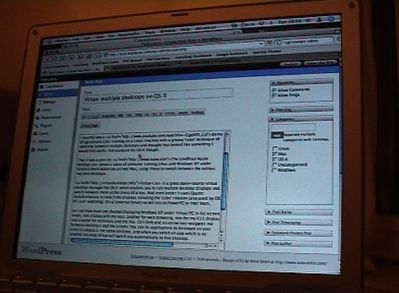Microsoft released two versions of the Windows 2000 SP4 Update Rollup 1 package, one which can cause machines using SCSI to blue screen on reboot, and one which doesn’t.
Unfortunately they didn’t provide any easy way to tell the difference (like a version number on the installation executable). If you’re converting a machine to run with SCSI (or virtualizing it as I am), you need to know which version is installed.
Here’s how:-
Look for “scsiport.sys” in \WINNT\system32\drivers
The BROKEN version in v1 is dated 29 Dec 2004 and is version 5.0.2195.7017
The FIXED version in v2 is dated 14 Jul 2005 and is version 5.0.2195.7059
If you boot the system with a SCSI device using the BROKEN version it will blue screen.
You can fix it by copying back “scsiport.sys” from \WINNT\$ntupdaterolluppackuninstall$ to \WINNT\SYSTEM32\drivers while in the Recovery Console or WinPE. Then install the newer version of the Rollup which can be obtained from Microsoft.
